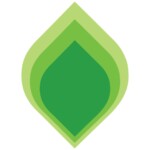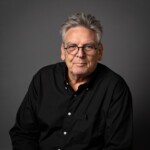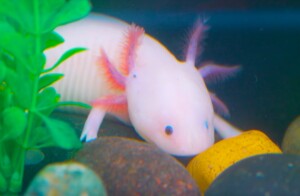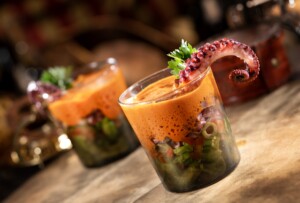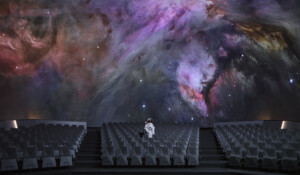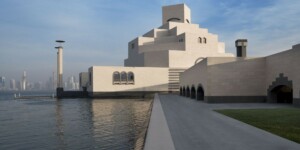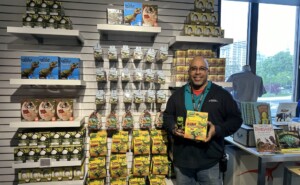The Natural History Museum has been granted planning permission for a new storage and research centre at Thames Valley Science Park in Reading.
Wokingham Borough Council approved planning permission for the London museum‘s collections, research and digitisation centre, which will house 28 million specimens – around a third of the museum’s collection.
Per a press release, transporting these specimens to Shinfield, Reading will be the largest move of natural history specimens globally.
Construction on the new facility, which will provide 25,000 square metres of space, is to begin in early 2025, with work expected to be finished in 2027. By 2031, the centre will be operational.
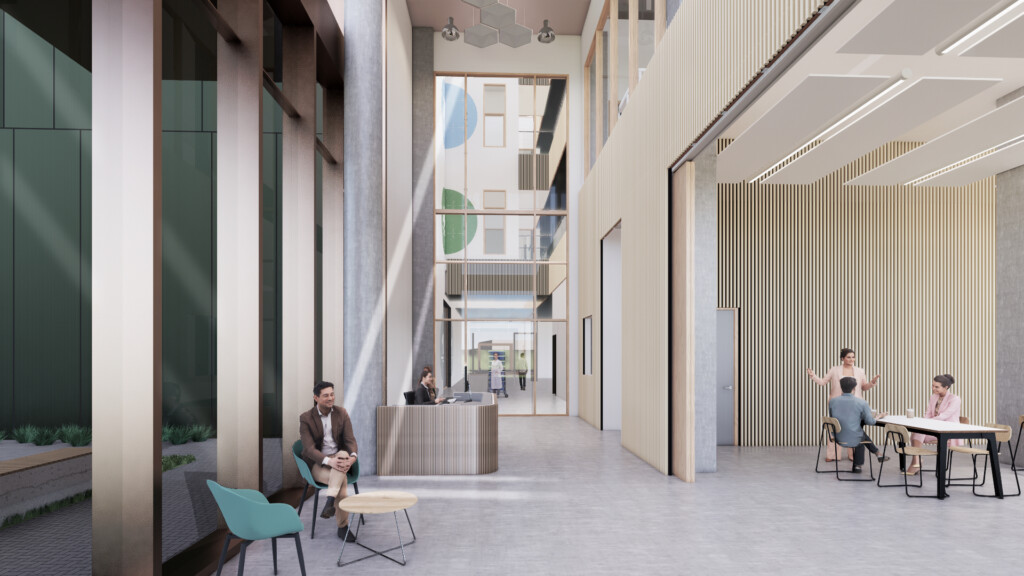
It will include cutting-edge laboratories, digitisation suites, and cryo-facilities for tissue storage.
The project has received £201 million of funding from the UK government as part of its priority to increase investment in science, research and development.
Tim Littlewood, executive director of science at the Natural History Museum, said: “This new site will enable us to secure irreplaceable collections in a purpose-built storage facility, provide new scientific infrastructure to accelerate research and digitisation, and act as a base for new collaborations and partnerships.”
With the new venue, the museum will be able to accelerate the digitisation of its collection, and increased accessibility will enhance research in climate change, biodiversity loss, and health and sustainable resourcing.
Museum digitising collection
“We are working in partnership with the University of Reading to drive forward scientific innovation and translate research into action against the planetary emergency,” the museum said in a statement.
Housed in the new centre in bespoke storage will be the museum’s collections of mammals, non-insect invertebrates, and fossilised mammals and invertebrates, as well as the museum’s molecular collections and micropalaeontology.
The facility will be constructed with the lowest possible environmental impact, using responsibly sourced materials and services.
Images courtesy of the Natural History Museum





